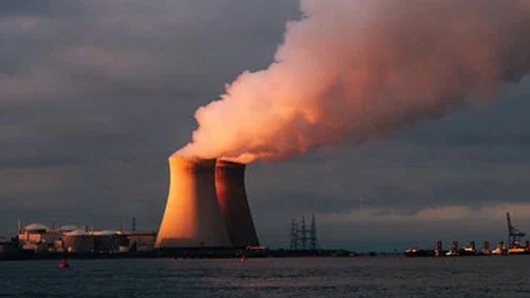Entropy and Equilibria

- Introductory
Add a Verified Certificate for $249

Explain and apply the Second and Third Laws of Thermodynamics
Determine spontaneity of a process or reaction based on entropy and enthalpy
Understand how Gibbs free energy relates to other chemistry concepts
Explore fundamental competition between energy and disorder that determines the state of materials at equilibrium
Compare and contrast different methods of energy generation and storage
Explain how different types of renewable energy sources, such as wind and solar, could be used to meet global energy demands
Nature is driven by spontaneity — processes that move forward without external intervention. In this course, Entropy and Equilibria , you will explore the Second Law of Thermodynamics and get an introduction to the concepts of entropy and equilibrium states.
Entropy stands as one of the most fascinating concepts in thermodynamics, showcasing the degree of disorder or randomness in nature and controlling a vast range of processes that we observe every day. You will learn how energy and entropy in combination determine how these processes operate spontaneously, without the intervention of human influence. Applying your understanding of entropy to various thermodynamic systems, you will gain insight into equilibrium states and how entropy changes based on different settings.
Finally, you will explore the concept of Gibbs Free Energy, identifying the total amount of energy available in a system or environment and combining the concepts of entropy and enthalpy. By the end of the course, you will be able to associate these concepts with the generation of energy and its impact on the environment by the burning of fossil fuels.